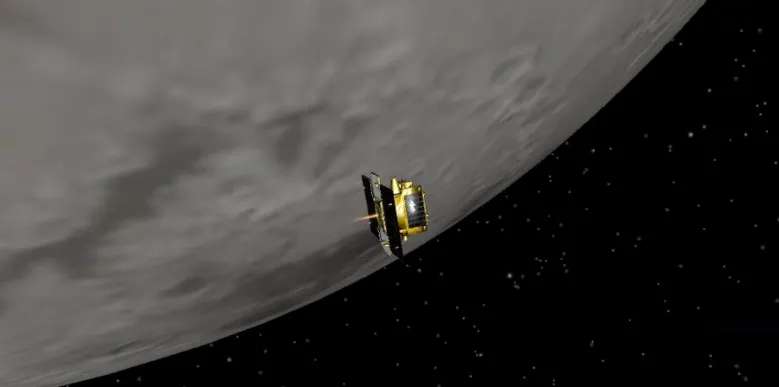The US Defense Advanced Research Projects Agency (DARPA) has told industry that it intends to create a small near-lunar satellite to search for water ice, reports SpaceNews. The initiative, called LASSO (Lunar Assay via Small Satellite Orbiter), aims to test the spacecraft's capabilities in two key areas:
- The ability to operate in very low orbits, up to 10 km altitude. In such orbits, the asymmetries of the Moon's gravitational field make it challenging to maintain a stable orbit, and periodic corrections are required. These technologies are essential for the advanced controllability of spacecraft in interlunar space (between the Earth and the Moon) and space situational awareness (SSA), which is also of interest to the US Space Force.
- Mapping the lunar surface in search of water ice reserves. The mission is expected to map the entire surface within four years, identifying areas with at least 5% water ice beneath the surface, which could justify the cost of extracting it.
DARPA expects the mission to help develop new technologies, improve controllability, and support NASA and private space missions by discovering proven water reserves.
DARPA has not provided a specific budget but requests a rough cost estimate in the proposal summary and a detailed financial plan in the oral phase.




















